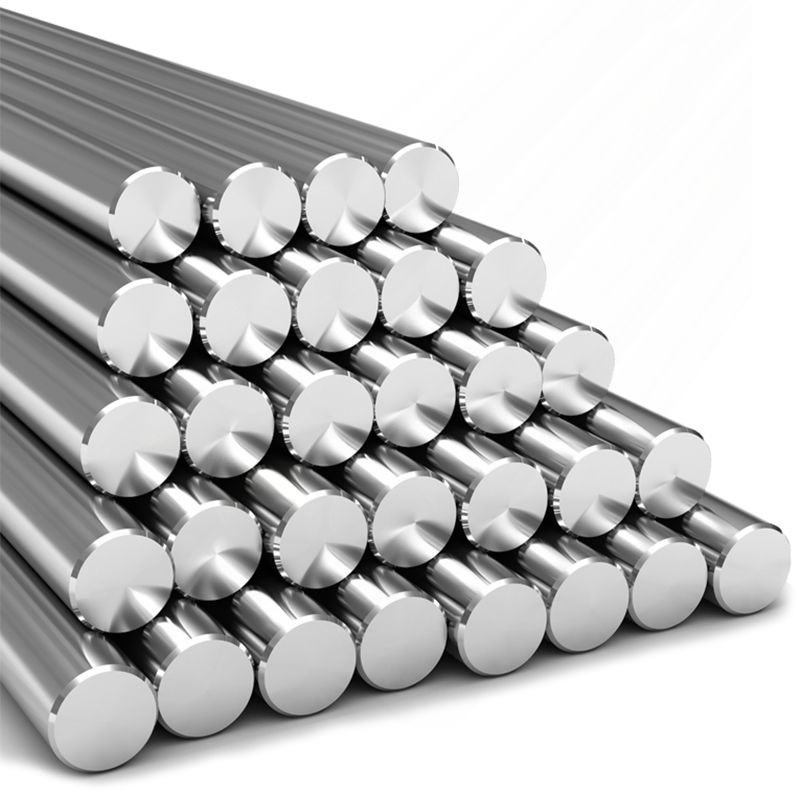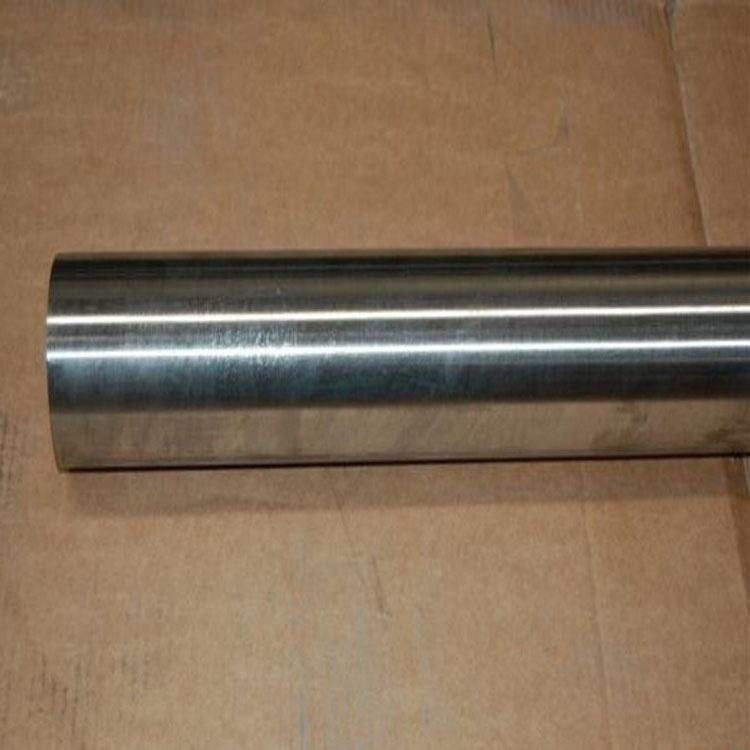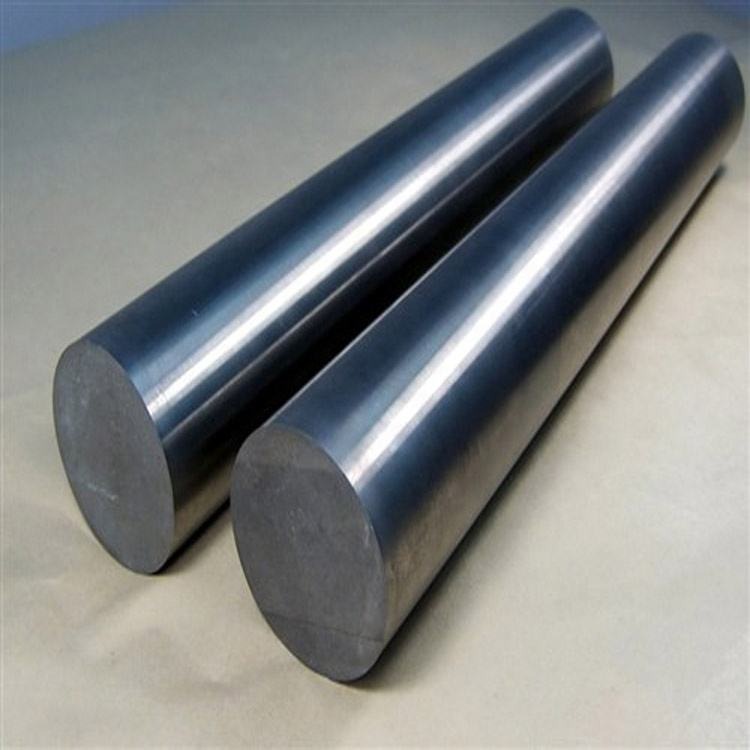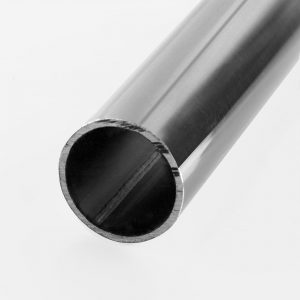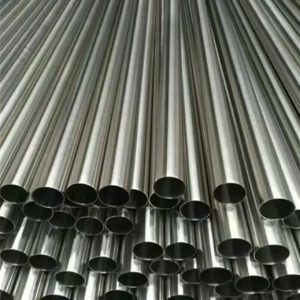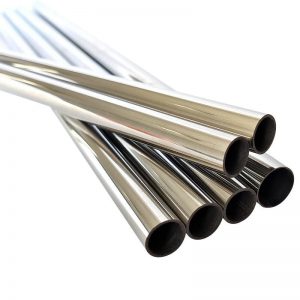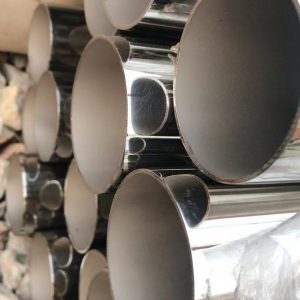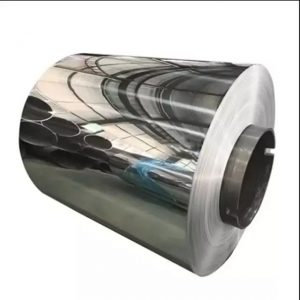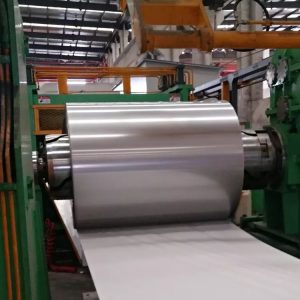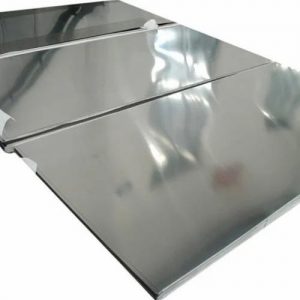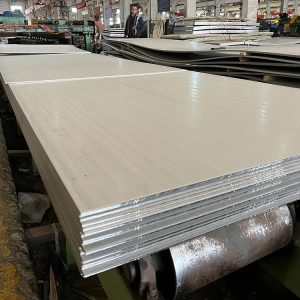301 Stainless Steel Bar/Rod
301 stainless steel is a common austenitic stainless steel accommodating 17 percent chromium and 7 percent nickel, giving it extra strength and ductility when cold worked. What is more, it has amazing corrosion resistance properties.
Description
301 Stainless Steel Bar Description
301 stainless steel bar is made of a metastable austenitic stainless steel that has a complete austenitic structure under full solid solution conditions. 301 is the steel type that can be most easily strengthened by cold deformation, through which the strength and hardness of the steel can be improved, and sufficient plasticity and toughness can be retained. 301 stainless steel bars are mainly used in the cold working state to reduce the weight of the equipment and make it rust-free. In addition, 301 stainless steel bars are prone to work hardening when impacted by external forces and can absorb more impact energy, providing more reliable safety protection for equipment and personnel. However, 301 stainless steel bars have less superior corrosion resistance in chemical media such as acid, alkali and salt, so they are not recommended for use in harsh corrosive environments.
Product Parameters
| Product Name | 301 Stainless Steel Bar | |
| Type | Steel Bar | |
| Outer Diameter | Round Bar | 4mm-500mm |
| Hexagon Bar | 18mm-57mm (11/16″ to 2-3/4″) | |
| Square Bar | 18mm-47mm (11/16″ to 1-3/4″) | |
| Flat Steel | 1/2 “to 10”, Thickness: 2mm-150mm, Can provide customized | |
| Length | 1-6 meters, Length can be customized | |
| Standard | ASTM, AISI, JIS, GB, DIN, EN, etc. | |
| Surface | Black, Bright Polished, Rough Turning, Mattness Surface Treatment, No. 4. BA, etc. | |
| Scope of Application | Stainless steel bars are used in a variety of industries such as shipbuilding,
Defense, Automotive, Textiles, Paper and pulp, Manufacturing, Cement, Heavy earthmoving equipment and construction, etc. |
|
Chemical Composition
| C | Si | Mn | Cr | Ni | S | P |
| ≤ 0.15 | ≤1.0 | ≤ 2.0 | 16.0~18.0 | 6.0~8.0 | ≤ 0.03 | ≤ 0.045 |
Mechanical Properties
| Tensile Strength Kb (MPa) | Yield Strength σ0.2 (MPa) | Elongation D5 (%) | Hardness |
| ≥ 520 | ≥ 205 | ≥ 40 | ≤ 187HB ;≤ 90HRB;≤ 200HV |
Physical Performance
| Density(g/cm³) | Modulus of Elasticity(Gpa) | Coefficient of Thermal Expansion(10-6/°C) | Coefficient of Thermal Conductivity(W/m*K) | Resistivity(μohm.in) |
| 7.88 | 193 | 16.9 | 16.2 | 27.4 |

